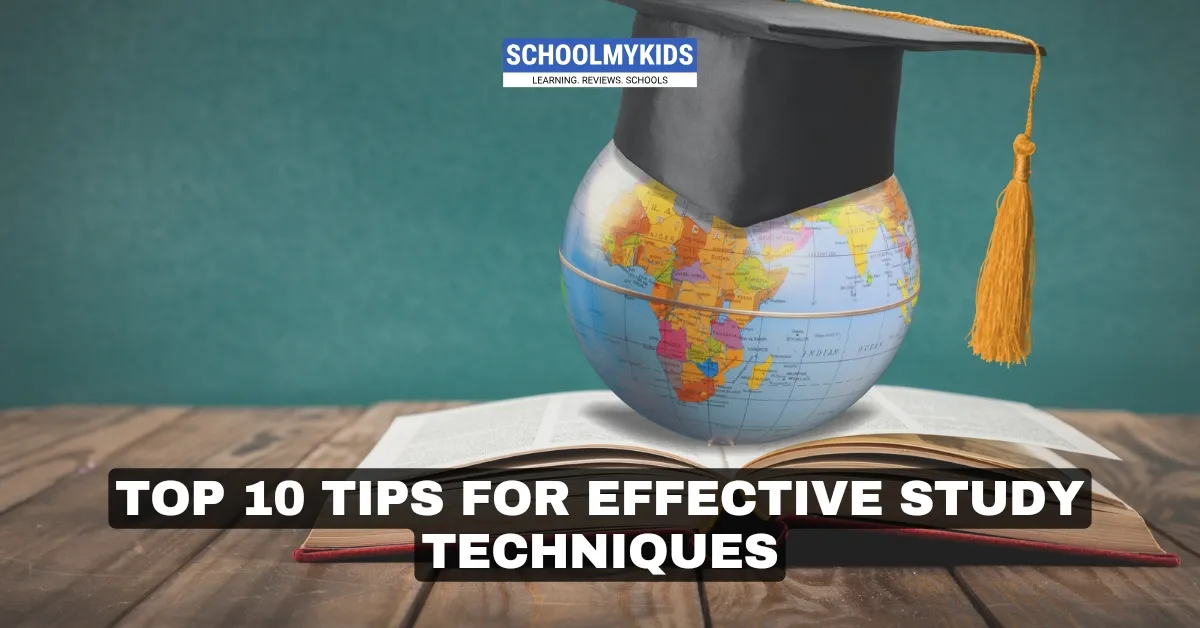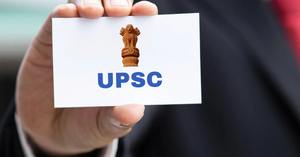Effective study techniques play a huge role for children when you think of academic success. As parents and educators, understanding various learning strategies is key to helping kids thrive in their educational journeys. Let's explore ten practical tips that can enhance how children learn and set them up for success.
Top 10 Tips for Effective Study Techniques
#1. Establish a Routine
Creating a consistent study schedule helps children develop discipline and time management skills. Research suggests that routines can enhance memory retention and learning efficiency. A structured environment reduces distractions and fosters a sense of security, allowing children to focus better on their studies.
Tips:
- Set specific times for homework and studying each day.
- Use visual schedules or calendars to help children track their study sessions.
#2. Utilize Active Learning Techniques
Active learning involves engaging with the material rather than passively absorbing information. Techniques such as summarizing, questioning, and teaching others can deepen understanding. For instance, having children explain concepts to a peer or family member reinforces their knowledge and highlights areas needing clarification. This method aligns with the Cognitive Learning Theory, which emphasizes active engagement with content for better retention.
#3. Incorporate Different Learning Styles
Children have varied learning preferences—visual, auditory, kinesthetic, etc. Tailoring study methods to fit these styles can enhance comprehension.
Practical Application:
- Visual Learners: Use diagrams, charts, and color-coded notes.
- Auditory Learners: Encourage discussions, listen to audiobooks, or use podcasts.
- Kinesthetic Learners: Incorporate hands-on activities or role-playing scenarios related to the subject matter.
Recognizing these differences is important for effective teaching and learning.
#4. Implement the Pomodoro Technique
The Pomodoro Technique involves studying in focused shots of 25 minutes followed by a 5-minute break. This approach helps maintain concentration and reduces mental fatigue. Research indicates that short breaks can improve overall productivity and retention. After four cycles, a longer break (15-30 minutes) can help refresh the mind.
#5. Use Mnemonics and Memory Aids
Memory aids such as acronyms, rhymes, or visual imagery can significantly enhance recall. Techniques like the Method of Loci, where information is connected with specific locations in a familiar space, can also be effective. This aligns with Cognitive Load Theory, which suggests that reducing cognitive overload through structured memory aids improves learning outcomes.
#6. Encourage Collaborative Learning
Learning in groups allows children to share ideas and perspectives, enabling a better understanding of the subject matter. According to Social Learning Theory, children learn effectively by observing and imitating peers. Group projects or study sessions can stimulate discussion and critical thinking, making learning more dynamic.
#7. Integrate Technology Wisely
Educational apps and online resources supplement traditional learning methods. Interactive tools like quizzes, flashcards, and educational games make studying more engaging while catering to different learning styles.
Caution: Monitor screen time to prevent distractions from non-educational content. Setting specific times for technology use can help maintain focus on studies.
#8. Promote Self-Regulation Skills
Teaching children self-regulation skills—such as setting goals, monitoring progress, and reflecting on their learning—can empower them to take charge of their education. Techniques like journaling or using checklists can help them track their achievements and areas for improvement. This approach aligns with Humanistic Learning Theory, which emphasizes personal growth and self-actualization in education.
#9. Create a Positive Learning Environment
A supportive atmosphere is needed for effective learning. Encouragement from parents and teachers boosts confidence and motivation. Establishing a dedicated study space free from distractions helps children associate that area with focus and productivity.
#10. Encourage Reflection on Learning Experiences
Reflection allows children to evaluate what they've learned and how they've learned it. Encouraging them to think about their study methods fosters metacognitive skills—the ability to think about one's own thinking process. This practice not only enhances understanding but also prepares them for future learning challenges.
Conclusion
By implementing these ten tips, you create a comprehensive framework for effective study techniques tailored to children's diverse needs. Understanding how children learn through established theories—like behaviorism, cognitivism, constructivism, and social learning—can help parents and educators cultivate an enriching environment that promotes academic success through effective learning strategies.
Integrating these approaches into daily routines equips children with the tools they need not just for academic success but also for developing a lifelong love of learning along the way!









Be the first one to comment on this story.